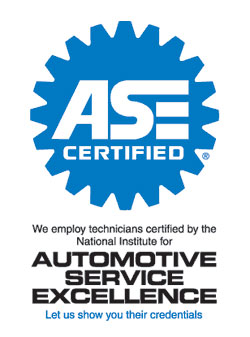When you’re driving 70 miles per hour on the highway and suddenly you come upon traffic, there’s only one thing between you and sudden death: your brakes. Everybody uses them. But, how do they work? Here is a quick basic overview of what goes on when you step on the brakes:

Most cars have 2 or 3 different types of brakes. A lot of cars have disc brakes on all four wheels, some have drum brakes on the back wheels. They work similarly, but with a few differences. Disc brakes, which you can see inside your wheels, are latched onto by clamps which create friction to slow down your vehicle. Drum brakes are little shoes inside the wheel hub that push outward to create friction to slow down. The force that causes this friction (which you need a lot of to stop a speeding 1 ton car) is applied by a hydraulic system.
Braking Process:
- Push pedal
- Pedal pushes lever, increasing force
- Lever pushes piston
- Piston pushes hydraulic fluid through narrow cylinder
- Fluid rushes through other wider cylinders, increasing force
- Brake pad is pushed toward brake disc
- Friction slows down car
That’s the gist of how your brakes work. If you find yourself in need of brake repairs or any other kind of auto service, give Rolling Auto Service a call at (941) 493-6511.




 Having a tune-up performed will save you money at the pump. Did you know that even something as simple as a dirty air filter can decrease your mpg by up to 20%? Having a mechanic perform routine maintenance will save you money on your next trip to the gas station.
Having a tune-up performed will save you money at the pump. Did you know that even something as simple as a dirty air filter can decrease your mpg by up to 20%? Having a mechanic perform routine maintenance will save you money on your next trip to the gas station. Although it may be years down the road, if you eventually want to resell your vehicle having a detailed record of maintenance performed will add to the resale value. Keep records of all the tune-ups you have completed on your car to present to a potential buyer. This will demonstrate to the buyer that you were conscientious in your care for your car.
Although it may be years down the road, if you eventually want to resell your vehicle having a detailed record of maintenance performed will add to the resale value. Keep records of all the tune-ups you have completed on your car to present to a potential buyer. This will demonstrate to the buyer that you were conscientious in your care for your car.